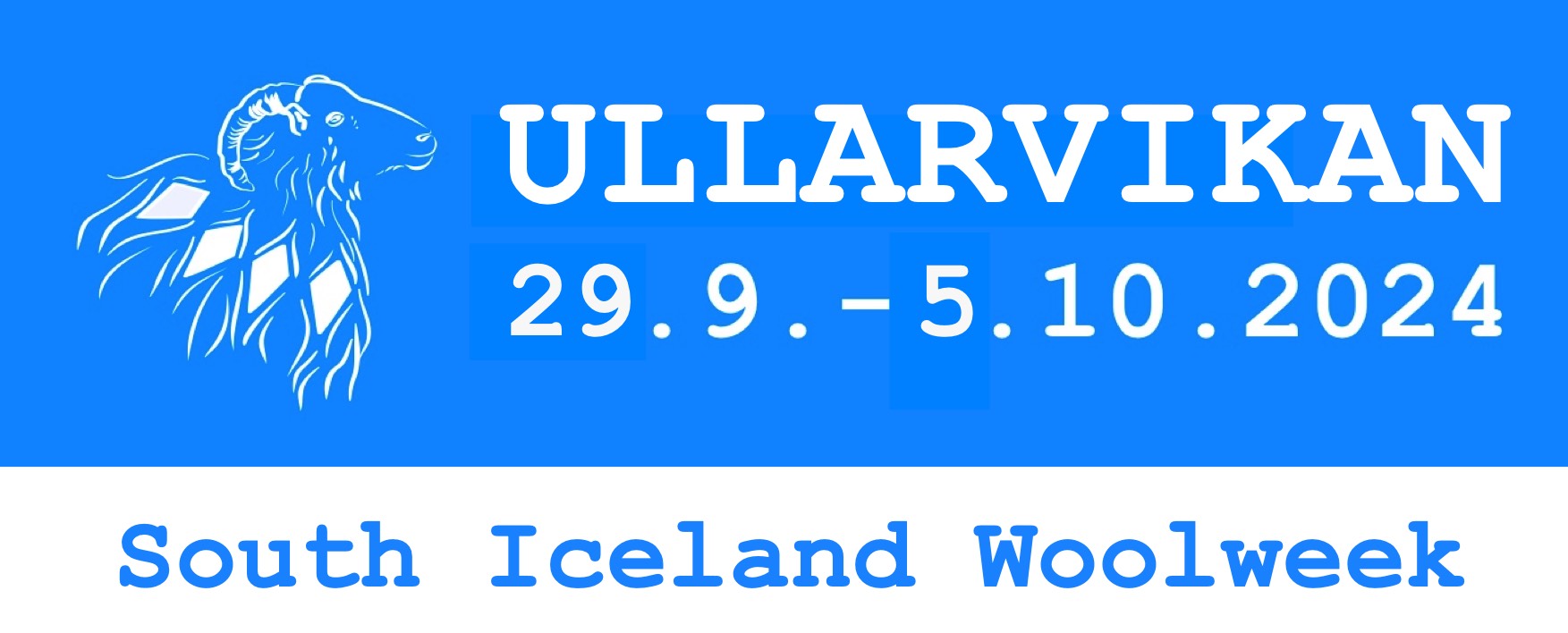Dyeing wool and yarn
As natural sheep colors here in Iceland are wonderful, sometimes we want to get even more colors in our yarn. Icelandic wool accepts very well different methods of dyeing threads, and both unspun wool and finished yarn can be dyed.
Natural dyeing can be done with either herbs or animal products. Dyeing with herbs is quite a complex but extremely satisfying and rewarding process. Everything from picking the plants, preparing the wool with a dye fixer, and letting it all simmer together to create beautiful cryptic colours. Herbal dyeing can be done on a regular stove, a gas stove or an open fire, in any kind of pot, and it is not always certain what the final result will be.
Another method is “sun dyeing”. Then everything is put in a jar that is kept in the sun for some time. Most of the most common plants that grow in Iceland give green or yellow tones; birch leaves, lupine, chervil, just to name a few. Extremely rare and precious, slow-growing lichens give a radiant cognac finish and have been used in natural dyeing since the Vikings dyed their clothes in ancient times. Today, we use the lichens very sparingly and never pick more than a little in each place so as not to destroy the species. To obtain pink and red tones, imported plant or animal pigments such as common madder and cochineal are required. And the rare blue colour has to be obtained from indigo, which is also imported for that project.
Modern methods and dyes give different possibilities for dyeing wool than in the past. Powder dyes and chemical dyes are simple to use. Water is heated with vinegar (which gives the method the name “acid dyeing”) and then the colour is mixed in, and with that the mixture is ready to take on the wool and give it bright and shiny colours that stay well. This method can be done either on the stove or in the microwave, and countless shades of colour are available with this method.
Acid dyeing has opened the door to a new and creative dyeing method where the yarn is dyed in different colours and then the yarn becomes either splotchy, striped or fades out and darkens alternately.
